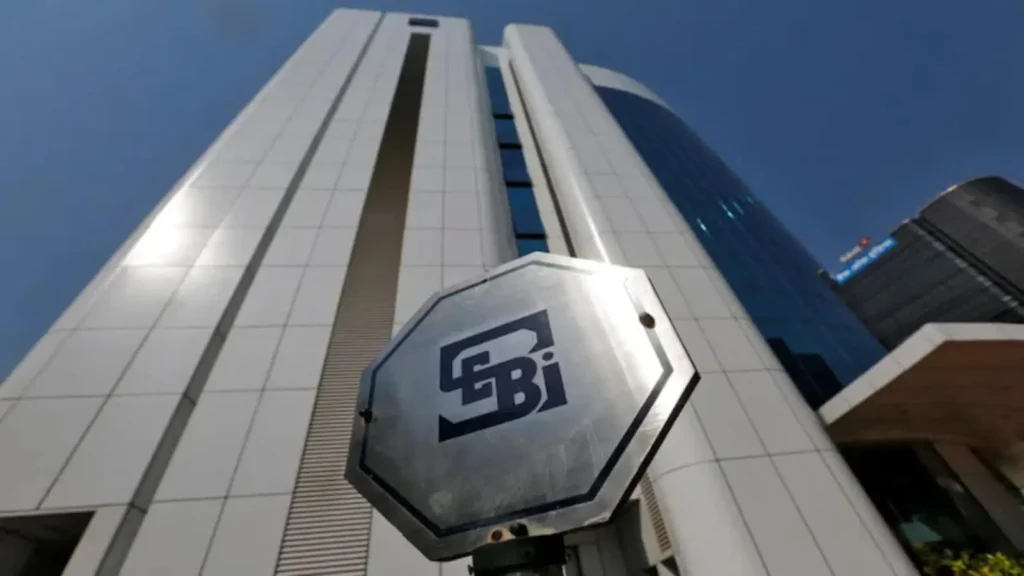Introduction
In the journey of the Initial Public Offering (IPO) once the Draft offer Document is filed with the Stock Exchanges and Securities and Exchange Board of India (SEBI) it starts the continuous phase of disclosure. Under the SEBI (Issue of Capital and Disclosure Requirements) Regulations, 2018 (ICDR Regulations), companies preparing for an IPO must ensure that all material developments post-filing are promptly disclosed. In this article, we explore the scope and intent of Regulation 54 of the SEBI ICDR Regulations. We examine what the regulation demands from companies post offer document filing, how issuers are expected to comply, and the framework laid down by the regulator to ensure continuous transparency until listing.
Regulation 54 of the SEBI ICDR Regulations
It states that, “The issuer shall ensure that all transactions in securities by the promoter and promoter group between the date of filing of the draft offer document or offer document, as the case may be, and the date of closure of the issue shall be reported to the stock exchange(s), within twenty-four hours of such transactions.”
This helps maintain consistency between what’s stated in the offer document and the company’s real-time status, giving investors a true and timely picture before making investment decisions.
Whom to give these disclosures??
Given that the company is not yet listed, a pertinent question arises; how can it furnish disclosures to the stock exchanges? The answer to this is- SEBI has laid down specific guidelines for merchant bankers to assess and report material changes post-filing of the Draft Red Herring Prospectus (DRHP). For each key credential such as business updates, financials, litigations, or management changes a threshold of materiality is determined at the time of filing. If any development crosses this pre-defined threshold, it triggers an obligation to disclose the change to the stock exchange.
Such disclosures must be routed through the issuer’s lead merchant banker and sent directly to the designated officer of the stock exchange assigned to oversee the particular IPO. This ensures that critical developments are swiftly brought to the attention of regulators and prospective investors, preserving transparency throughout the IPO process.
Real-World Lapse: The Quadrant Future Tek Settlement Order
A notable incident illustrating the consequences of delayed disclosure under Regulation 54 is seen in the SEBI settlement order involving Quadrant Future Tek Limited and its promoters.
The company had filed its DRHP with SEBI on June 12, 2024. However, on September 12, 2024, a promoter, Mr. Mohan Krishnan Abrol, transferred 4,00,000 equity shares by way of a gift to his son, Mr. Vivek Abrol, who was also a director and promoter of the company. As per Regulation 54, this transaction should have been reported to the stock exchanges within 24 hours, i.e., by September 13, 2024.
Instead, the transaction was disclosed 31 days later on October 14, 2024, well beyond the regulatory timeline. Although the company eventually got listed on January 14, 2025, SEBI initiated proceedings for delayed disclosure.
Recognizing the lapse, the company and its promoters filed for a suo motu settlement with SEBI. The matter was settled upon payment of ₹3 lakh as per the recommendation of SEBI’s High Powered Advisory Committee and the approval of the Whole Time Members. The settlement order was passed on April 1, 2025, acknowledging the violation but closing further enforcement actions.
This case underscores that even non-commercial transactions, such as inter-promoter gifts, can trigger disclosure obligations under Regulation 54. Notably, while the overall promoter holding remained unchanged due to the transfer occurring solely among promoters, the obligation to disclose persists. Under SEBI’s compliance framework, both the timeliness and the appropriate channel of disclosure are non-negotiable, reinforcing the regulator’s emphasis on transparency irrespective of the commercial nature of the transaction.
Conclusion
The period between the filing of the offer document and the listing of securities is one of heightened regulatory sensitivity. Regulation 54 of the SEBI ICDR Regulations plays a critical role in this window by mandating timely and transparent disclosure of any transactions by promoters and promoter groups. As seen in the case of Quadrant Future Tek Limited, even unintentional lapses in compliance can lead to regulatory scrutiny and reputational consequences. For issuers and merchant bankers alike, the message is clear: compliance doesn’t pause after filing, it only intensifies. Establishing internal checks, clear reporting protocols, and proactive coordination with stock exchanges and SEBI are essential to meet the standards of continuous disclosure. In an era of informed investing, transparency is not just a regulatory requirement it is a trust-building obligation.
This article has been published on Taxguru. The link for the same
https://taxguru.in/sebi/sebi-ipo-oversight-post-offer-filing-disclosure-compliance.html
The article is written by Mr. Animesh Joshi – Associate

